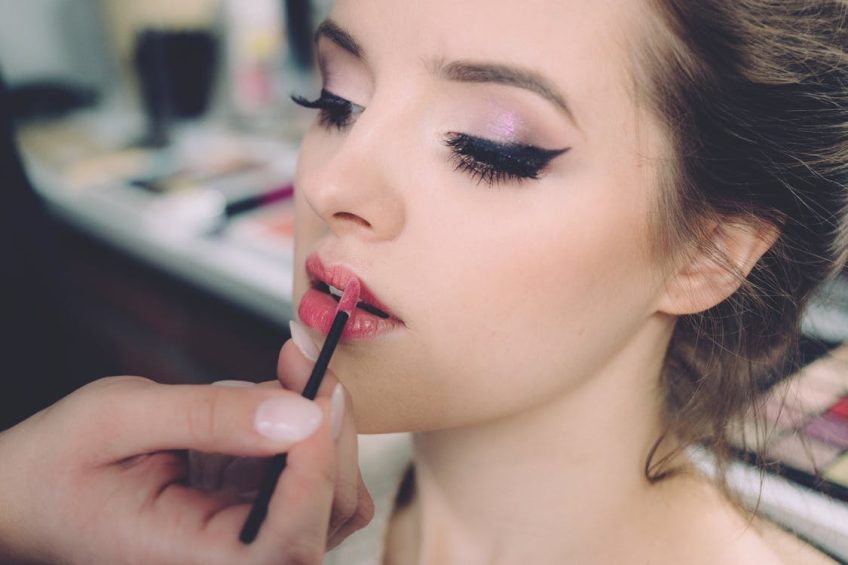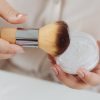Late last year, makeup from a few well-known retailers for young girls was recalled for testing positive for asbestos. Unsurprisingly, parents were shocked and began asking more questions. How did asbestos get there? Could it be hiding in other cosmetic products? If so, how can I make sure I never purchase contaminated makeup again?
First, let’s talk about what asbestos is and why it’s so dangerous. Asbestos is a group of naturally occurring minerals that, when “pulled” turns into a fibrous, fluffy substance (which is why it was once used as home insulation.) If these small fibers get into your body, it’s very difficult for them to get out. Once they’re in your body, they can cause cell damage, inflammation, scarring, and even cancers like mesothelioma. It’s heavily regulated in the US, but it’s not banned.
How can asbestos make its way into your cosmetics bag? Makeup companies don’t just ok the ingredient and hope the public never finds out. It’s almost always unintentional and actually comes attached to another ingredient.
Talc (also known as talcum powder) is an extremely common ingredient in cosmetics and personal care products. It’s one of the softest minerals on earth, making it perfect for powdered cosmetics like blush, bronzer, and eyeshadow. Unfortunately, it’s commonly located and mined near asbestos ore. Cross contamination is likely, so when the talc is added to makeup, asbestos could be there, too.
Much simpler and less sinister than it sounds at first, right?
Fortunately, reducing the risk of using makeup that may be contaminated is also more straightforward than it sounds. The next time you’re shopping for makeup, keep the following things in mind:
- Look for products that are talc-free. This is the easiest way to avoid asbestos in your cosmetics. (And remember that “natural” doesn’t mean talc-free or safe. Talc and asbestos are natural!)
- If you still want to use products with talc, look for companies that have certified their talc is asbestos free. You can find this information on company websites and/or the makeup packaging. If you don’t see this certification online or on the packaging, don’t be afraid to ask the company about their ingredients. Social media has made reaching out to businesses easier than ever.
- Look for makeup with ingredients like rice powder, tapioca powder, or oat flour. These substances have the same properties as talc and are completely safe. If a product has one of the safe alternatives, it’s not likely to also contain talc.
- If possible, avoid low-quality products. Since talc is so cheap, it’s most commonly present in lower-quality cosmetics.
- Talc can be present in any powdered personal care product including baby powder and foot powder. Be sure to check the ingredients on these items, too.
Fortunately, more companies seem to be aware of the link between talc and asbestos and are providing more talc-free options. It’s still important to read the ingredients and ask questions if you can’t find the information you want or aren’t satisfied with what you do find. Your health and your children’s health aren’t things you want to take a chance on.
Learn more about Car Service to Newark Airport from NYC newarkairportcarservice at newarkairportcarservice







